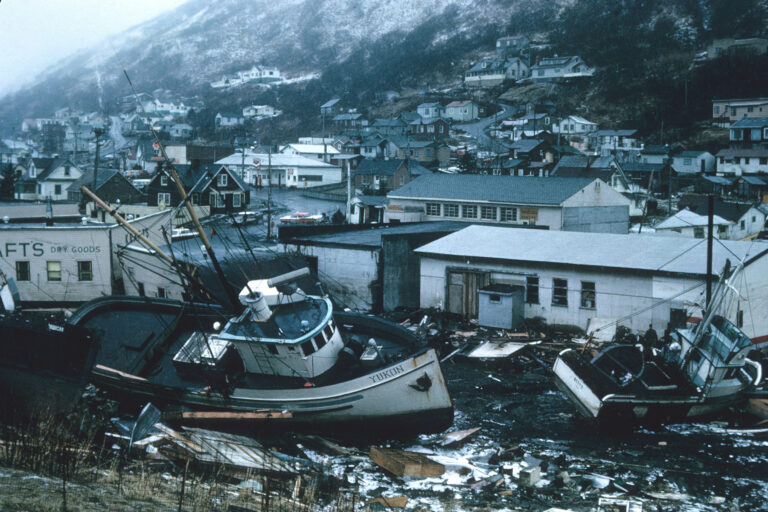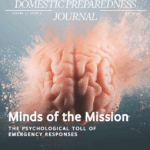
Archives

Public health risks are common concerns when natural hazards occur. However, history shows that the increasing frequency of events and growing population sizes have been increasing the scale of events and the needs of affected populations. To mitigate complex public health challenges, personnel across disciplines must plan, coordinate, and develop

The “R” Word
April 10, 2024
Resilience has multiple meanings for public health, emergency, and homeland security management professionals. However, the objective of building resilience should go beyond hazard mitigation. With 2024 being FEMA’s “Year of Resilience,” it is a good time for professionals to start rethinking this concept.

Recovery – “Coming Back” After Disasters and Emergencies
March 20, 2024
The Federal Emergency Management Agency (FEMA) has spent decades preparing for and responding to disasters. Now, FEMA is revamping its recovery process. Learn about the current efforts from someone who was integrally involved in previous updates to the nation’s mitigation, preparedness, response, and recovery operations.

The [Evil] Empire Strikes Back: National Security Emergencies
February 7, 2024
After the Cold War fears of the 1980s ended, attention shifted from nation-state threats to terrorism and large-scale natural hazards. However, a federal emergency planner says the return of these threats should prompt a review of the national security emergencies concept to ensure communities are prepared to address them.

Inside the “Boot Camp” for Emergency Managers
July 12, 2023
The first cohort of the Texas Emergency Management Academy has graduated. Learn about the components of this unique and comprehensive 8-month program from the perspective of one of the graduating cadets.





